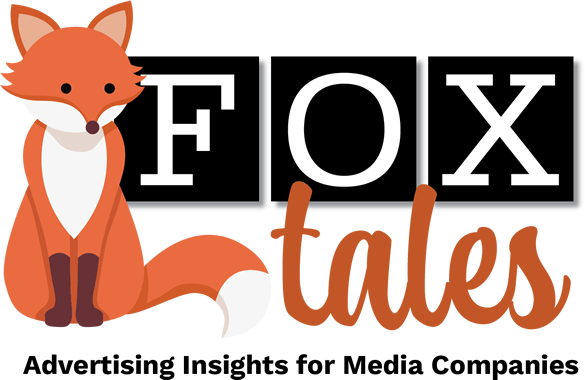Spot quiz: In the advertising world, with elaborate digital campaigns the norm now, what has a short lead time, low production costs, low CPMs, less clutter and is 100% trustworthy?
If you guessed print media, you’d be correct. That’s right, some marketers are actually using print strategically, sometimes in conjunction with digital and social media—looking to generate buzz—and sometimes for print media’s own attributes.
That’s the takeaway from a story in Digiday late last month, titled, “Why digital clutter is driving brands to rethink the value of print advertising.”
In the story, the Digiday reporter, Julian Cannon, described a decision last month by General Electric to take over The New York Times’ print edition for a day with a total of 22 full-page color ads and five partial pages in the issue.
The ads, Digiday said, were meant to not only get readers’ attention in print but also cultivate chatter on social media about the brand. The prospective reach of print plus digital editions is appealing as well.
But part of the appeal is the value of print in its own right. Consider these observations:
- A publication is perceived as a trusted voice. Compared with digital advertisements, consumers found print advertisements to be 34% more trustworthy
- Ease of reading: A 2020 survey by MarketingProfs revealed that 92% of young people 18-to-23 perceive it easier to read printed material than digital information.
- The same MarketingProfs study found that direct-marketing campaigns are 37% more likely to generate a response compared to email campaigns.
- Print has an inherent gravitas.
Beyond that, print-media full-page ads own the environment. They naturally prevent clutter from other marketers or messages that distract. And QR codes are ubiquitous and easy to use, so if a marketer uses one, it takes the reader to a specific destination. The same applies to phone numbers in print ads.
Come to think of it, all these things are what print proponents have been saying for 10 years, even as print struggled and slowly declined. So are we looking at a sea change or something less?
